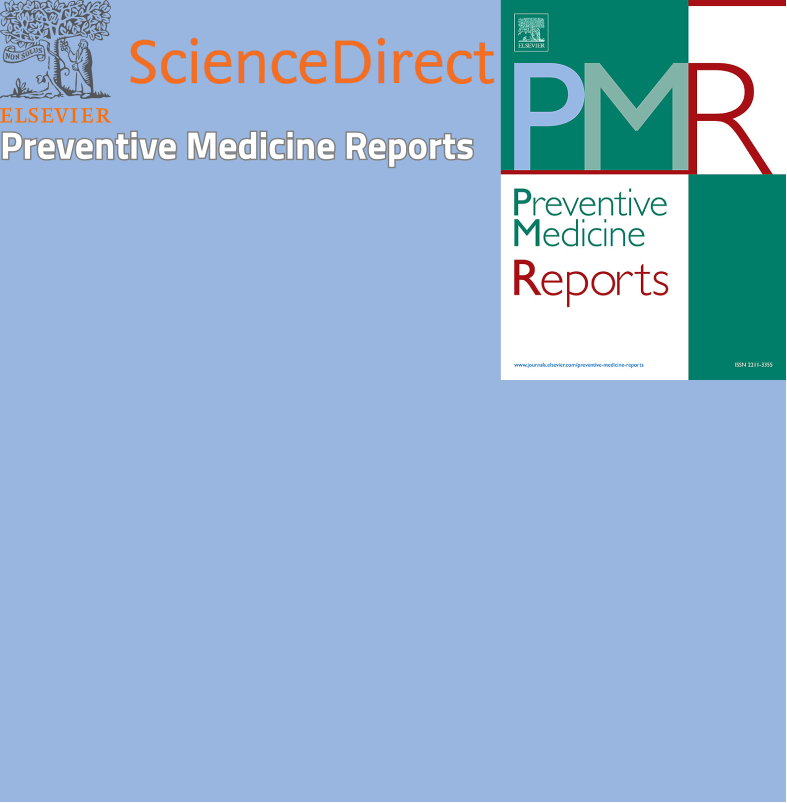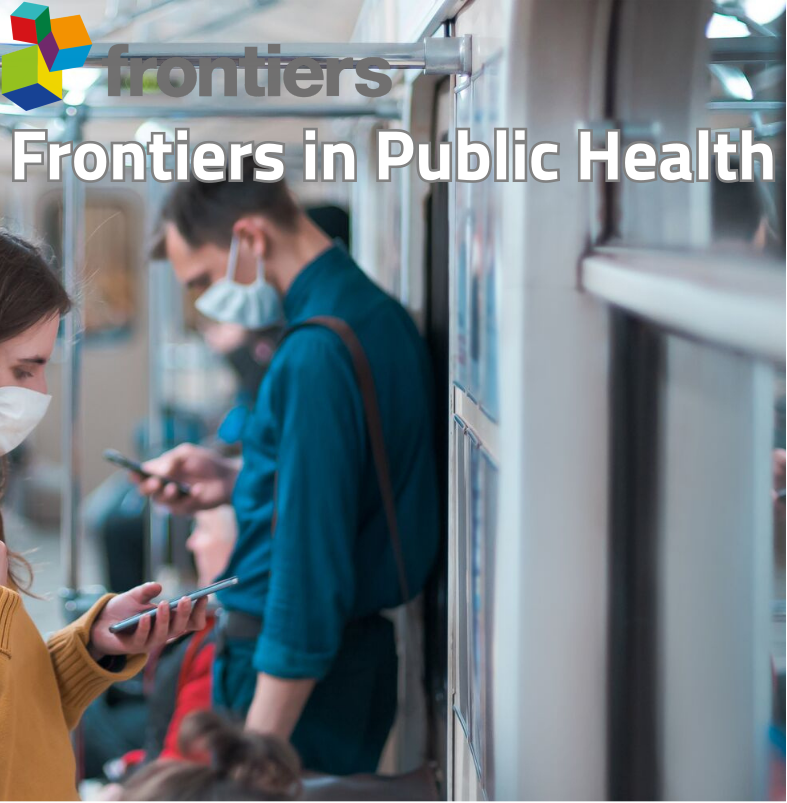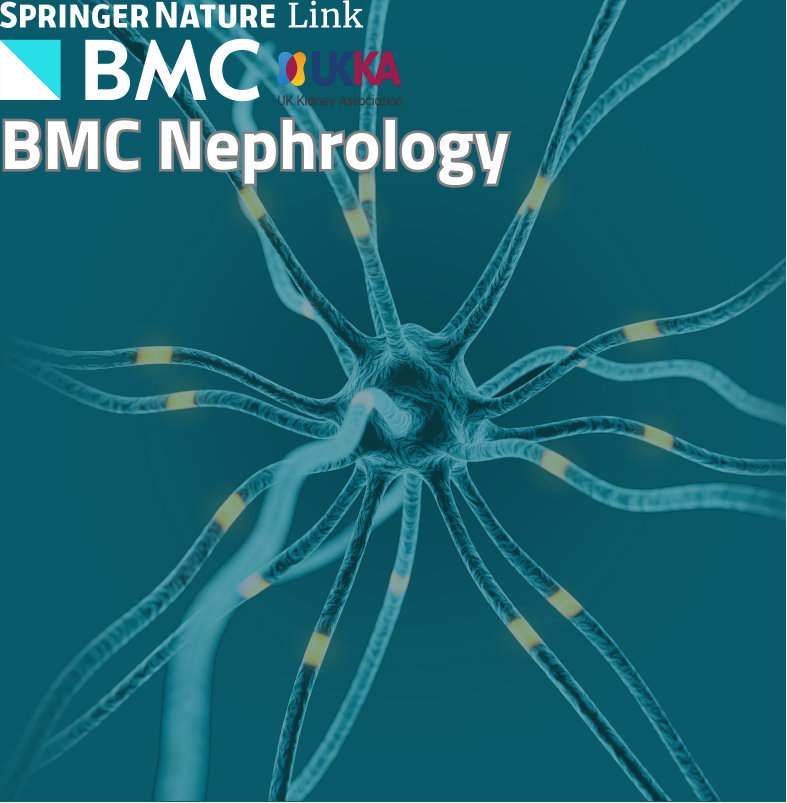Official government website of the Government of the Kingdom of Saudi Arabia
How to verify
Links to official Saudi websites end withedu.sa
All links to official websites of government agencies in the Kingdom of Saudi Arabia end withsch.sa أو edu.sa
Government websites use the HTTPS protocol for encryption and security.
Secure websites in the Kingdom of Saudi Arabia use the HTTPS protocol for encryption.
Registered with the Digital Government Authority under number :
20241028333











